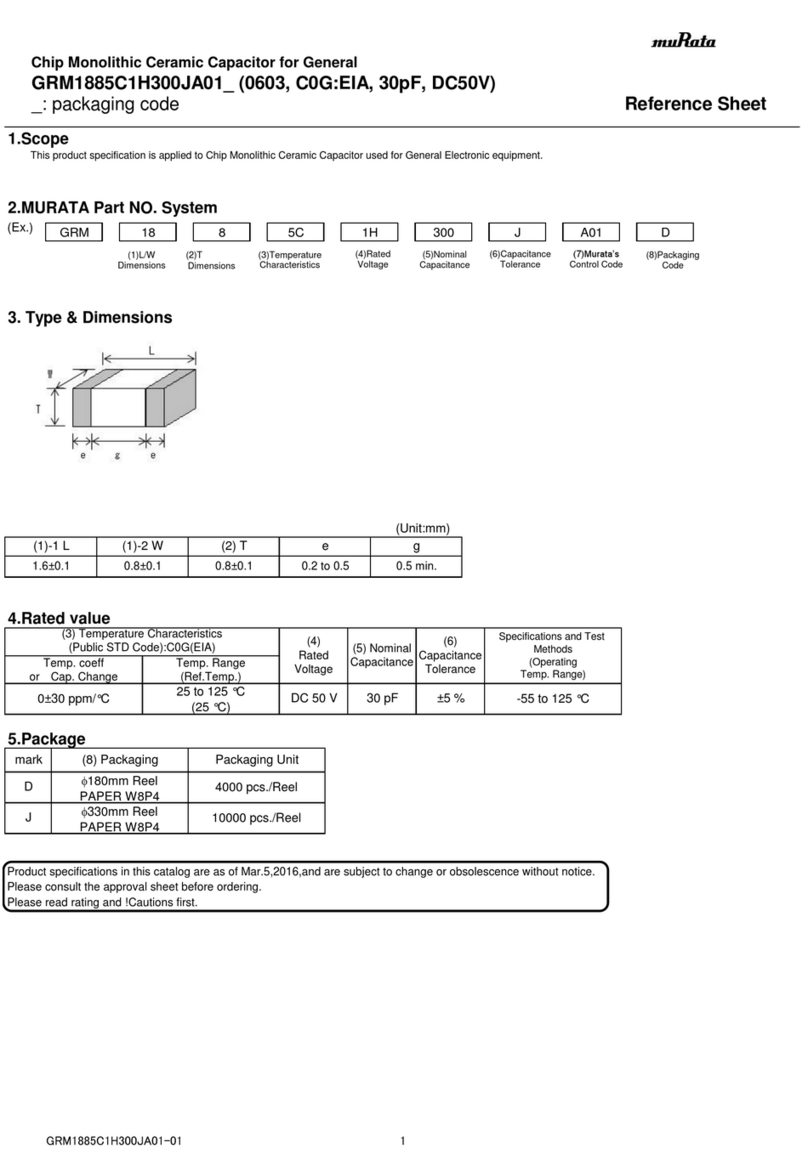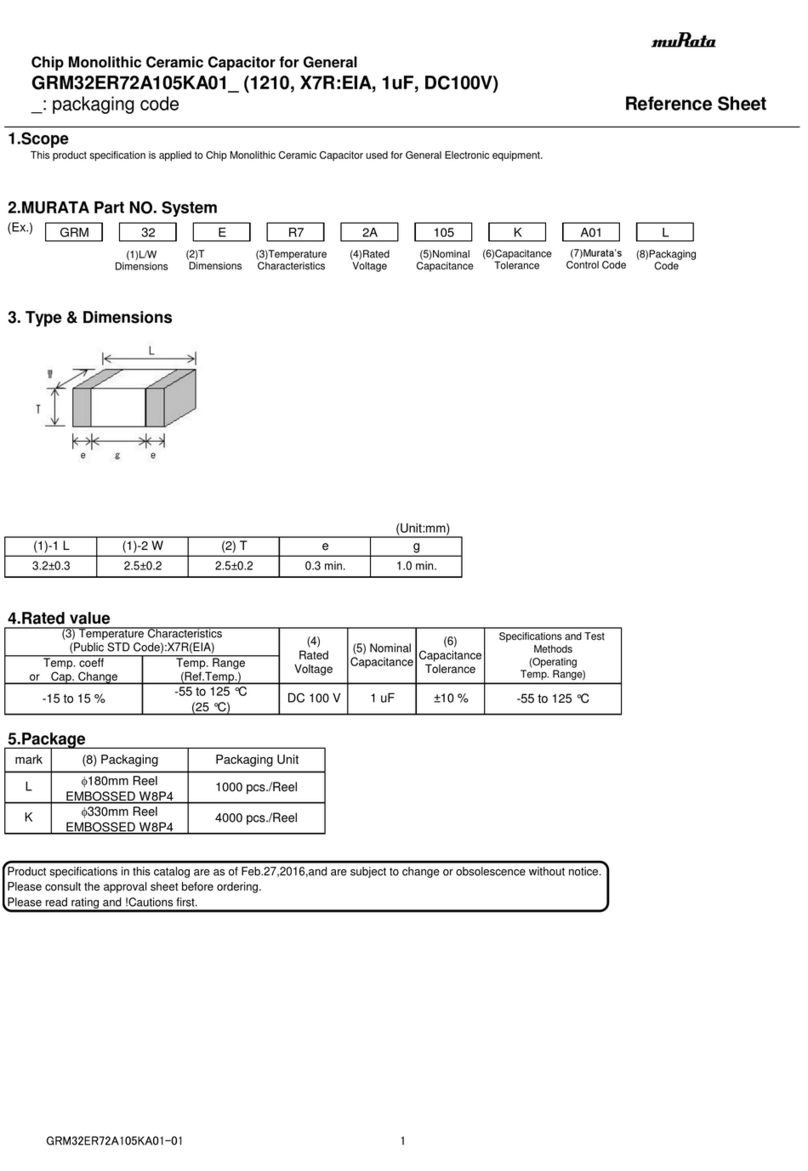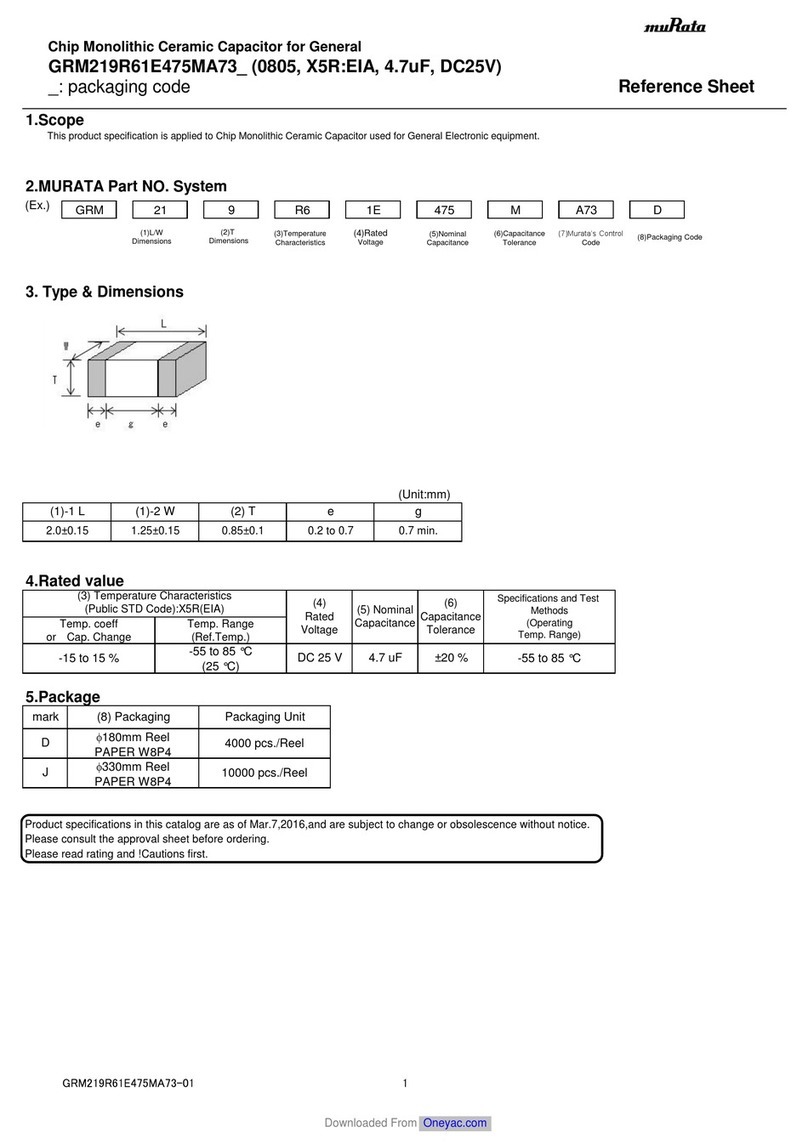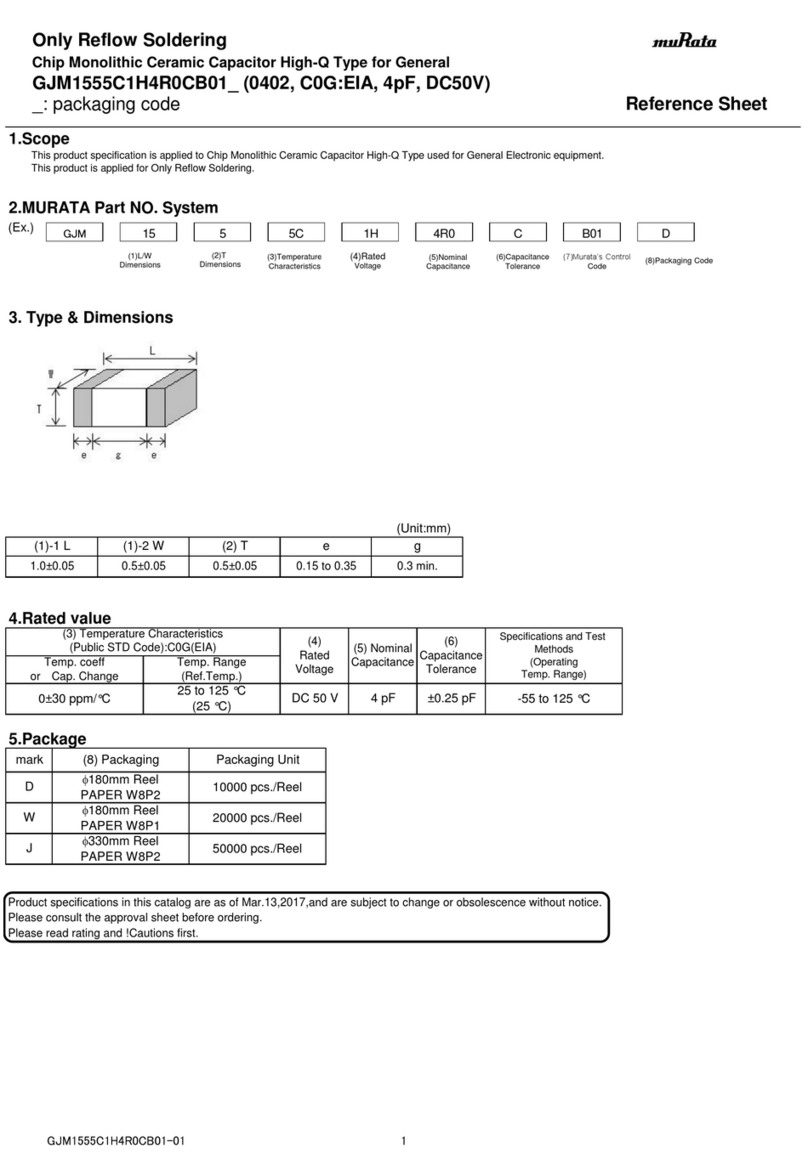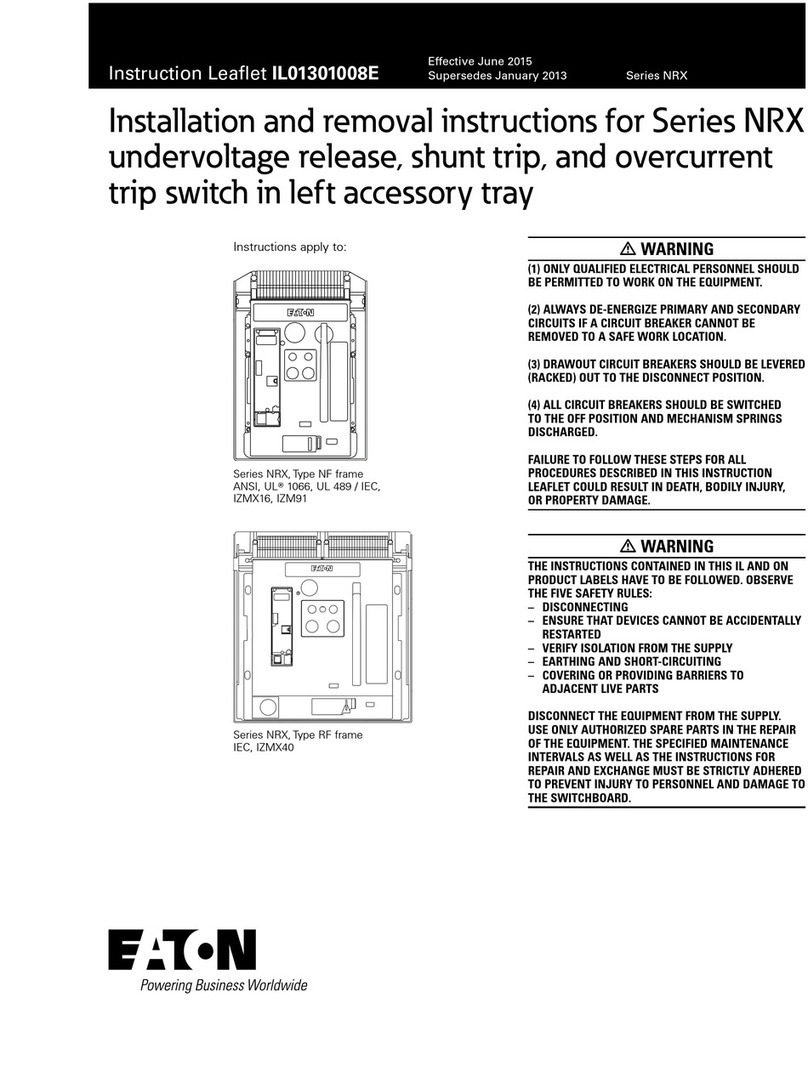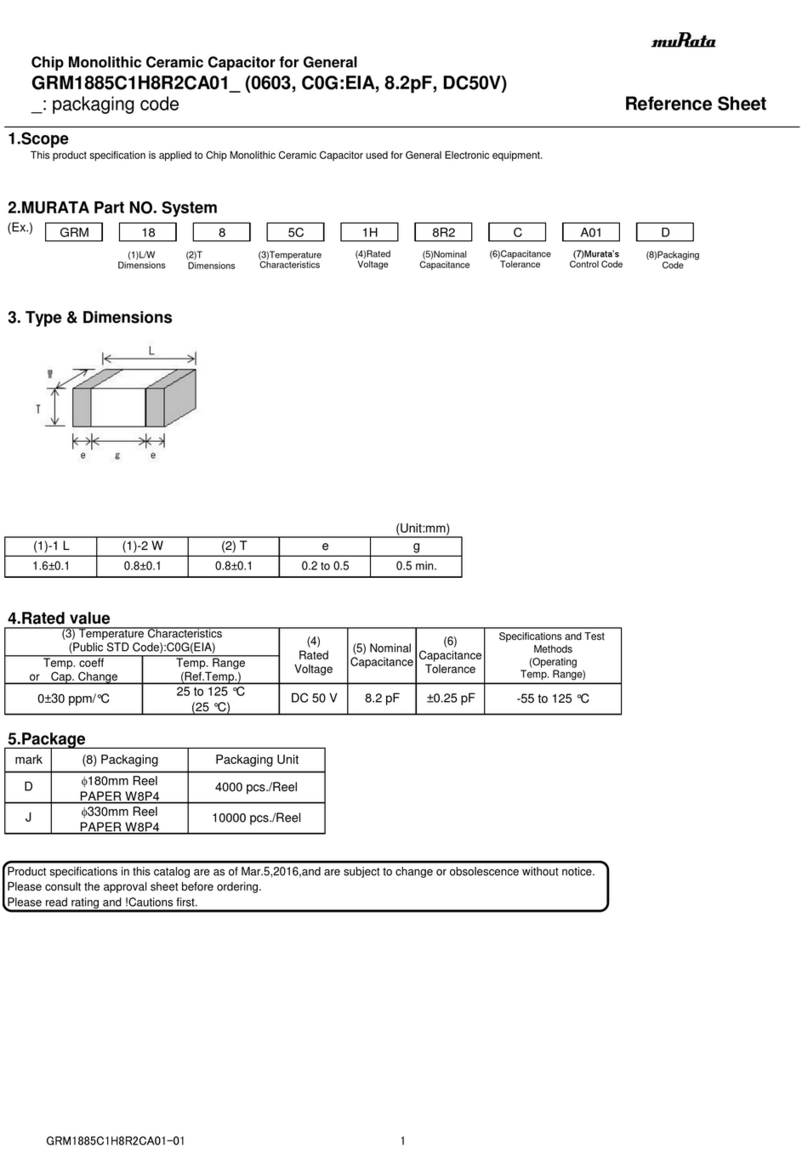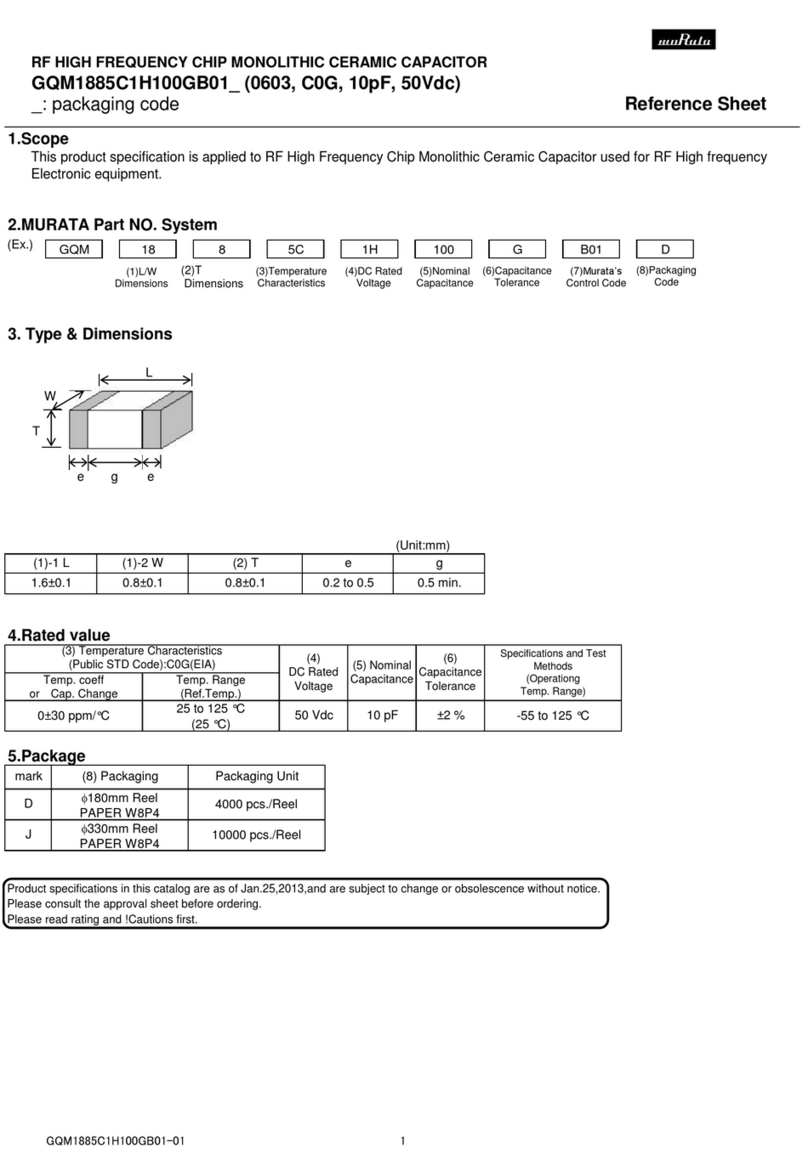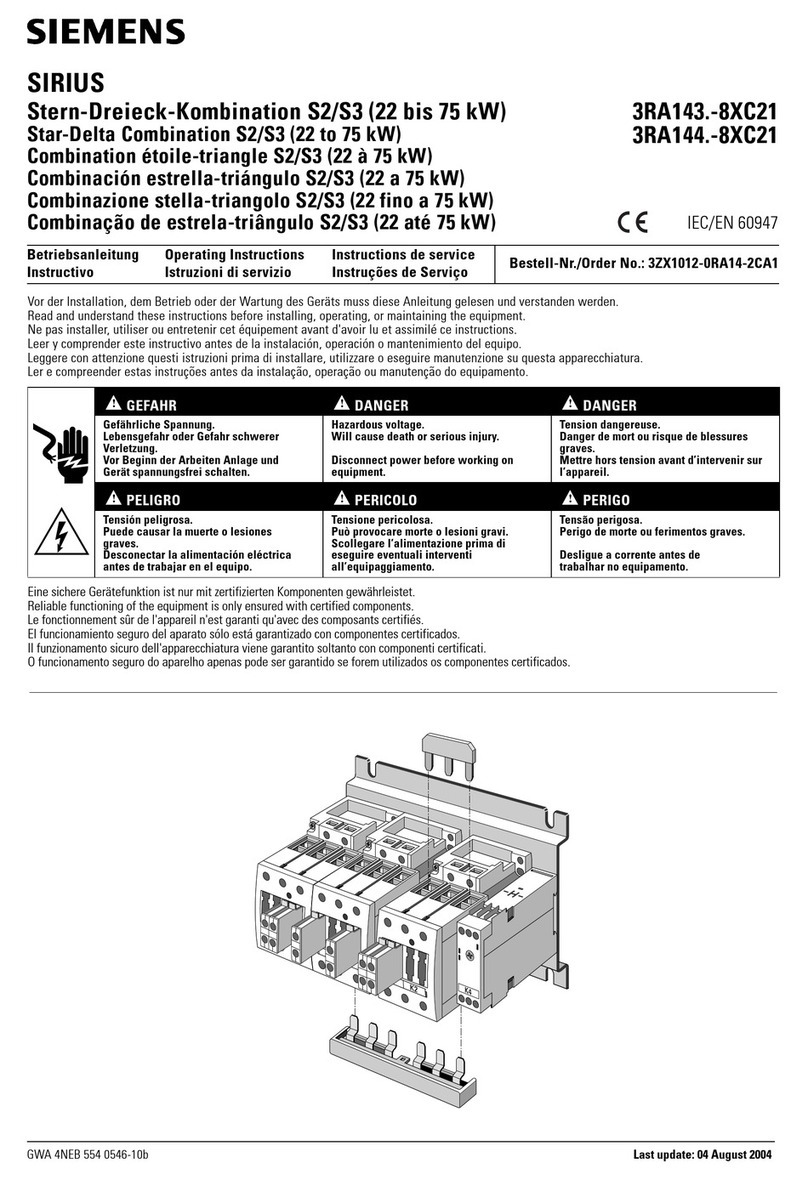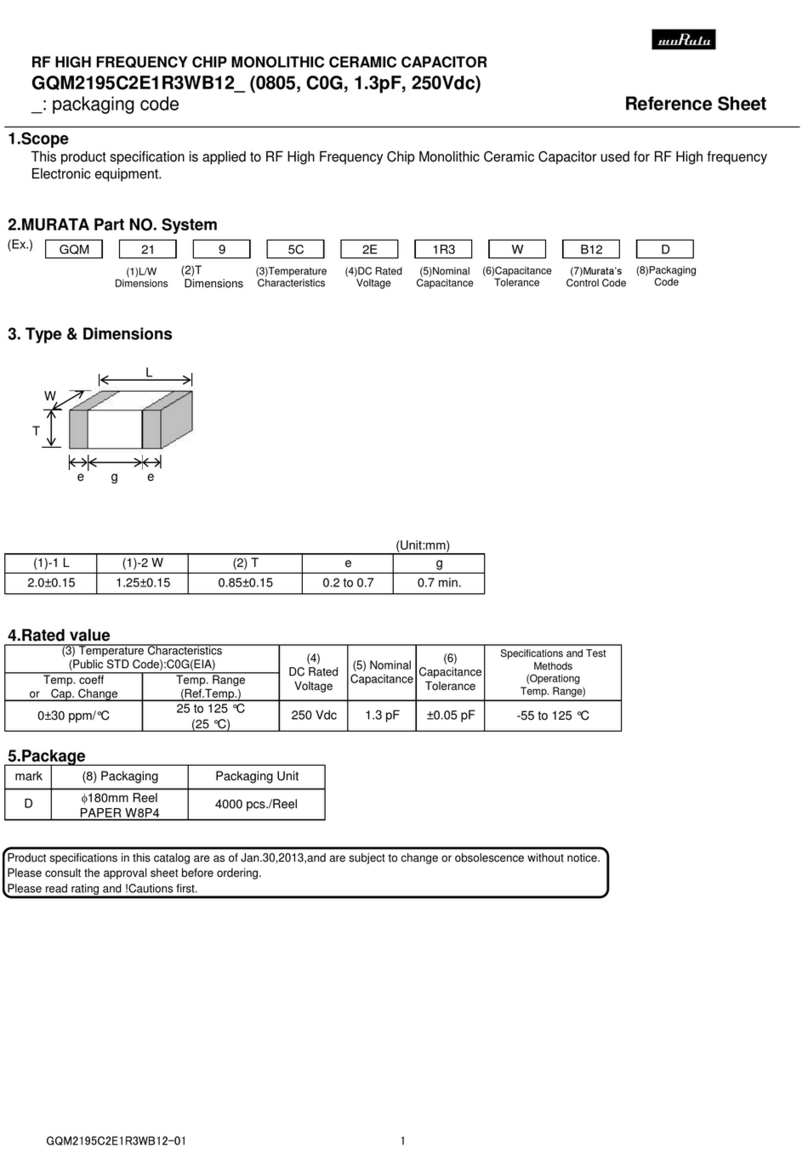
2 R81EAA Technical Bulletin
Relay “A” is energized by the
contacts of the changeover
control. (See Fig. 4.)
When relay “A” is energized, the
motor actuator will use outside air
for cooling. Should the O.A.
parameters rise too high for
natural cooling, the contacts of the
changeover control will open,
changeover relay “A” will de-
energize, and the motor actuator
will return to its minimum position.
Relay “B” is used as a refrigeration
programmer when two stages of
cooling are needed. The outside
air changeover control energizes
relay “B,” which switches the first
stage of cooling to outside air, and
the second stage of cooling
becomes the first stage
refrigeration when the outside
conditions are low enough for
natural cooling. See Fig. 5 for
wiring diagram.
Installation
To install the R81 board kit in a
Series M100X base motor
actuator, proceed as follows:
1. Remove the motor actuator’s
top cover by loosening the
two cover screws. (The old
cover will be replaced with the
new cover supplied in the R81
kit.)
2. Install terminal board “E” by
carefully placing the terminal
receptacles onto the pin
terminals. (See Fig. 1, 1-A.)
3. Fasten the board in place
using the screws “D” that are
supplied with the R81 kit.
4. Install vertical board “C” with
ribbon attached cover mounted
board by carefully placing the
terminal receptacles onto the
pin terminals. (See Fig. 1, 1-B.)
5. Place bracket “B”, supplied with
the motor actuator, over vertical
board “C” and fasten the bracket
in place with captive screw “A.”
(See Fig. 1, 1-C.)
6. Important: The adhesive
backed label supplied in the
R81 kit must be placed on the
label located on the insulation
barrier as shown in Figure 2.
The letter on the R81 label will
complete the number that
identifies the Series M100 with
the R81 installed.
7. Install the motor actuator.
8. Make wiring connections. Turn
on power supply. Adjust, and
check operation.
9. Fasten the motor actuator’s
cover that contains the
adjustment potentiometers to
the motor actuator. Make sure
the ribbon connector is
completely inside the cover.
To remove and replace the
electronic circuit boards in an
existing Series M100E motor
actuator, proceed as follows:
!
CAUTION: Disconnect the
electrical power supply before
attempting to remove the
wiring connections and the
boards to prevent possible
electrical shock or damage to
the equipment.
1. Remove the motor actuator’s
top cover by loosening the
two cover screws.
2. If the existing motor actuator
is installed and wired, be sure
the power supply is turned off
and then disconnect all wiring
connections to the terminal
board.
3. Loosen screw “A” and remove
board bracket “B.” (See Fig. 1.)
4. Pull vertical board “C” straight
up. Be careful not to bend or
damage the pin terminals.
5. Remove the two screws “D”
from terminal board “E.”
Remove the terminal board by
lifting straight up. Be careful
not to bend or damage the pin
terminals.
6. Install the replacement
terminal board “E” by carefully
placing the terminal
receptacles onto the pin
terminals. (See Fig. 1, 1-A.)
7. Fasten the board in place
using the screws “D.”
8. Install vertical board “C” by
carefully placing the terminal
receptacles onto the pin
terminals. (See Fig. 1, 1-B.)
9. Place bracket “B”, supplied
with the motor actuator, over
vertical board “C” and fasten
the bracket in place with
captive screw “A.” (See
Fig. 1, 1-C.)
10. Important: The adhesive
backed label supplied in the
R81 kit must be placed on
the label located on the
insulation barrier as shown
in Figure 2. The letter on
the R81 label will complete
the number that identifies
the Series M100 with the
R81 installed.
11. Make wiring connections.
Turn on power supply.
Adjust, and check operation.
12. Replace the motor
actuator’s cover. Be sure
the ribbon connector is
completely inside the wiring
compartment.
Wiring











